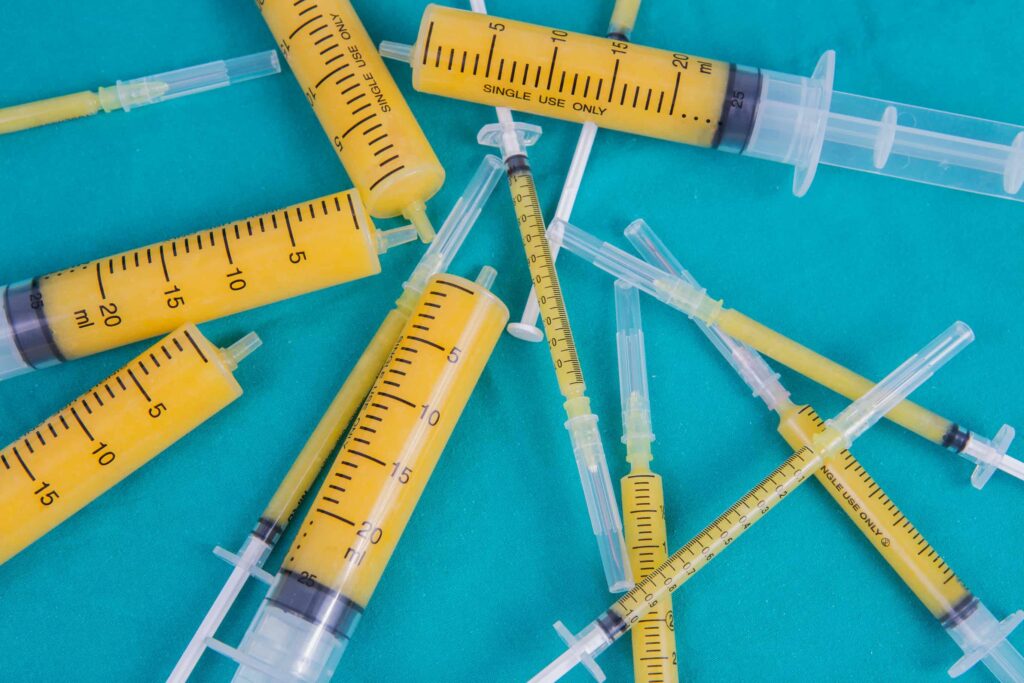While most people spend some part of their lives battling some form of fat (belly, thighs, eye bags), the fat cell actually holds the secret to beauty and maybe to life itself. Fat creates cushioning around delicate structures like nerves, it creates beautiful shapes on the body, it can reconstruct entire anatomical elements, it keeps us warm, and it contains stem cells that can regrow any type of tissue you could want. But fat is also completely mysterious and totally fragile, and the truth is that we have very little control over it.
When patients ask me about fat grafting, it is always a challenging conversation. For one, you need to harvest a lot of fat in order to have a little bit left to graft to another spot. For thin patients, this can be a disqualifier, depending on what you are trying to accomplish. Fat is also very smooshy, and it doesn’t hold shapes well, which can also be defeating, depending on your goals. But the biggest issue is that fat does not last. This often means that, in order to get most of the result, you will probably need to repeat the procedure at least a few times before a meaningful amount will be ensured in the long-term.
When you take fat out of the body, it loses its blood supply. When you put it back in, it can only get new oxygen from healthy tissue around it. This means that you have to put small amounts in contact with other tissue in order for it to survive. A big lump will mostly die over time, slowly disappearing before your eyes. What can be even more problematic is that, as it fades, it can create lumps, bumps, and cysts that can be painful or worrisome, especially in the breast.
When you see before and after photos of fat grafting results, they look impressive. But the fine print tells more of a story: those results are often only a few months out from the third or fourth grafting procedure, rather than two years after only one surgery. In other cases, the apparent growth might be due more to the contouring of nearby areas than the survival of grafted fat (see Bartsich Butt Lift). It is true that experienced grafters can get better survival rates than novices, but as a whole, plastic surgeons still have not mastered this challenge to the point where you can count on the outcome. So when a patient points to two areas of concern and asks “Can’t we just take it from here and put it in here?” The real answer is…. Well, sort of.


